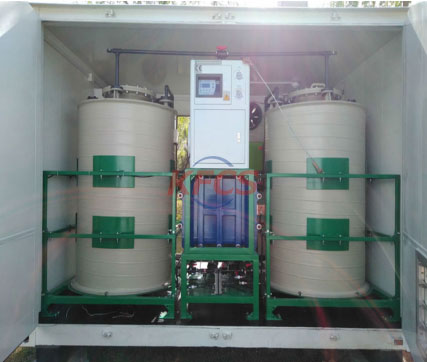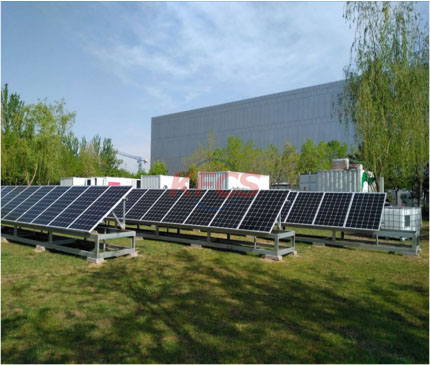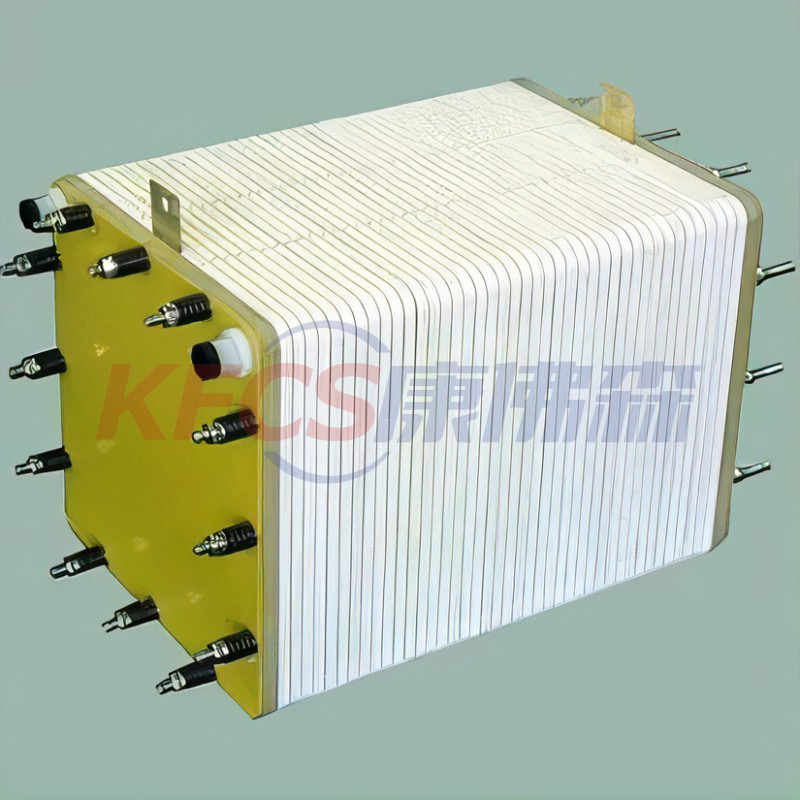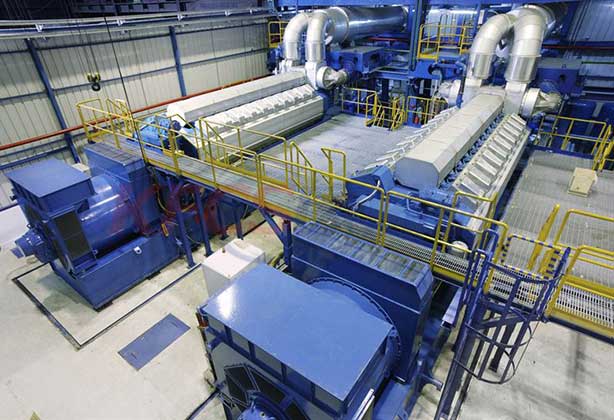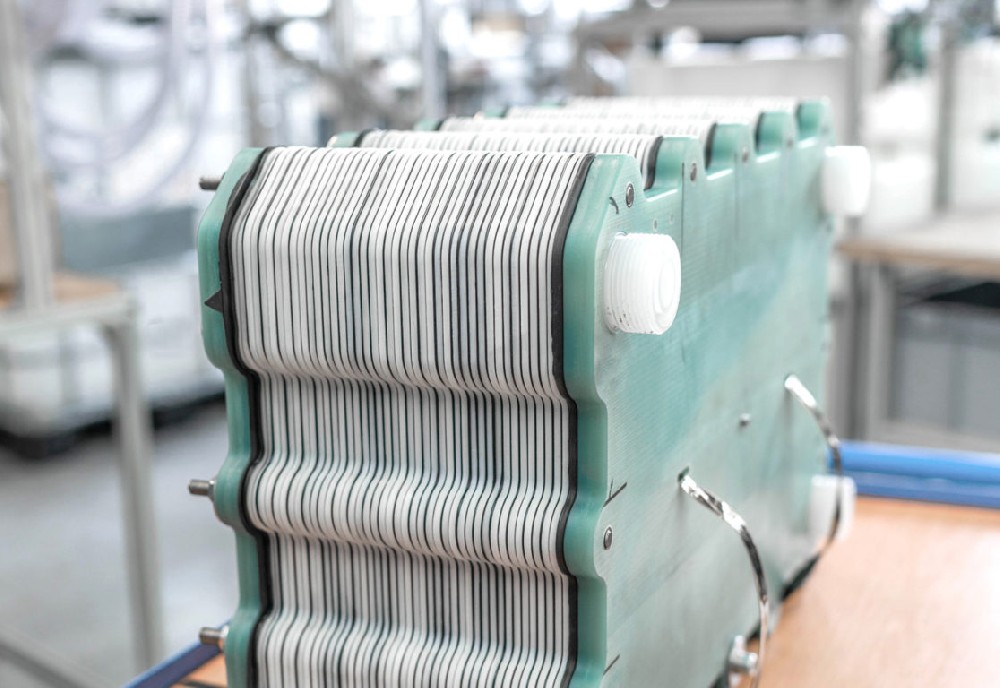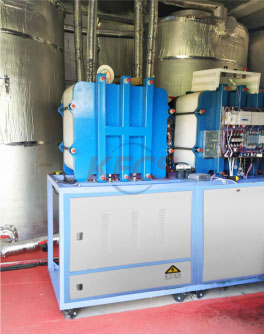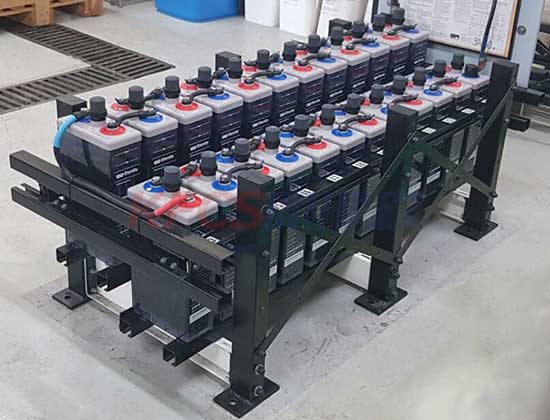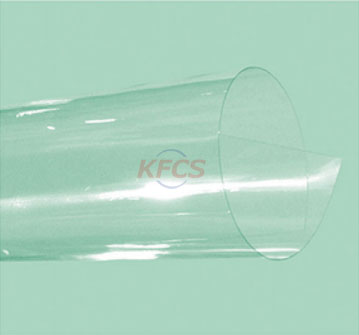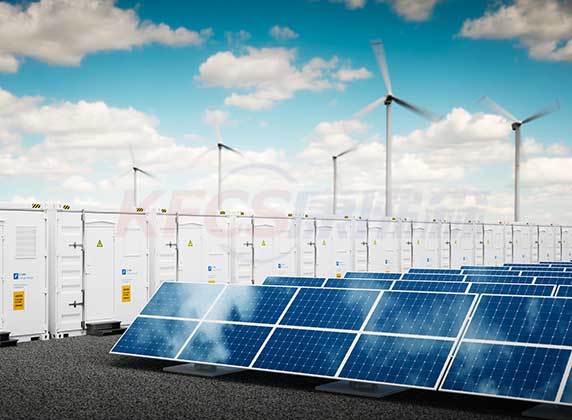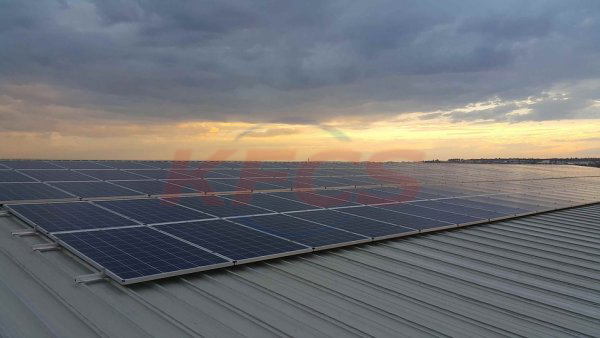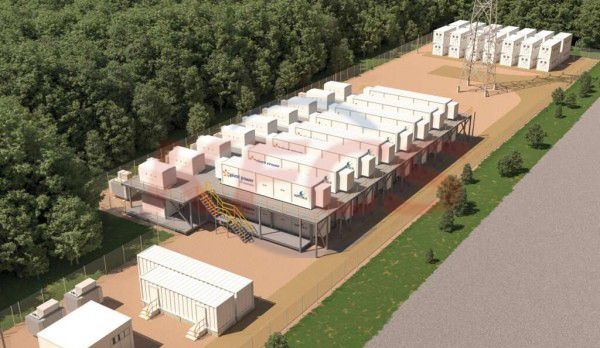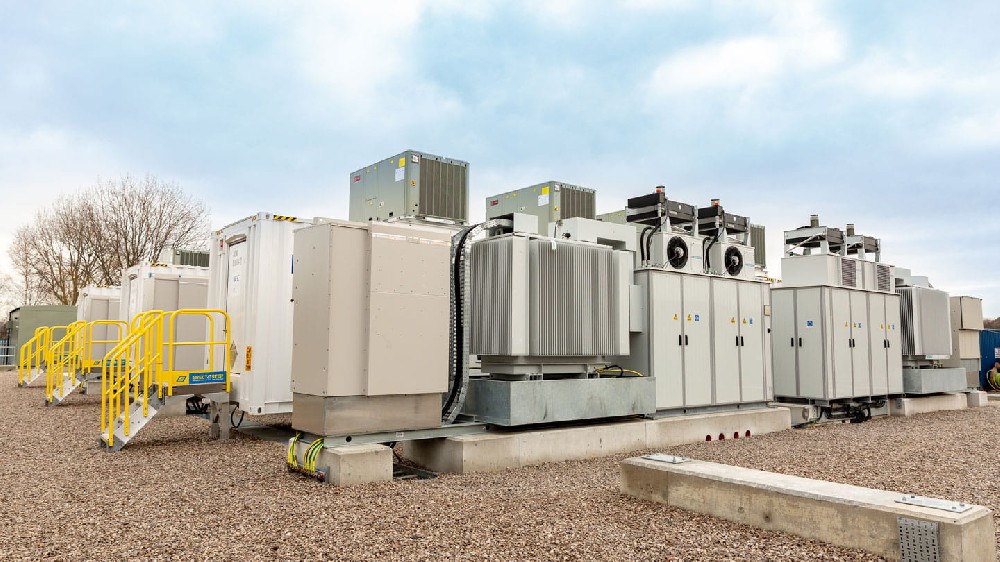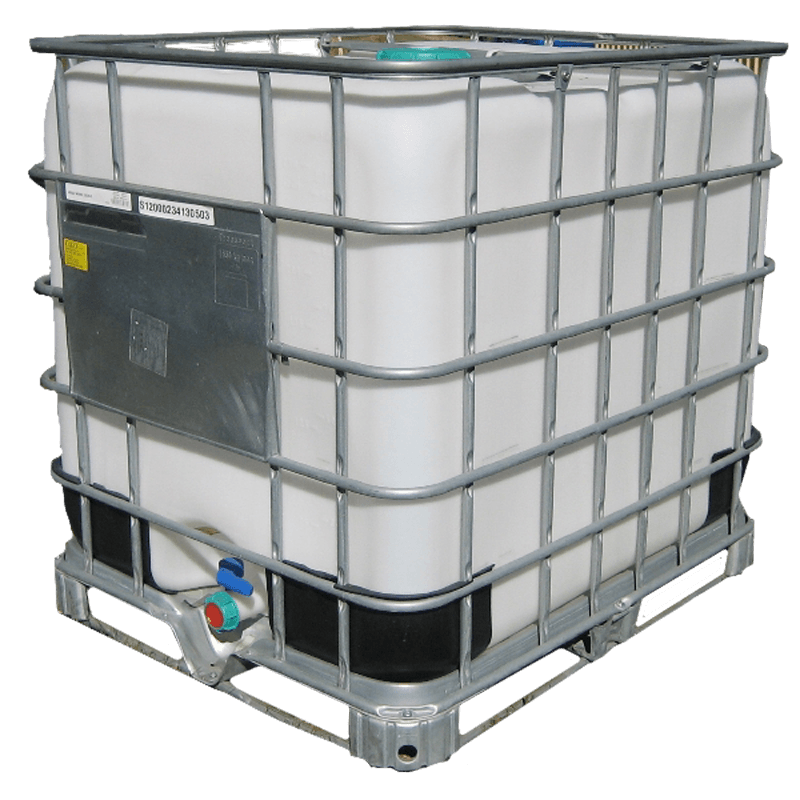Symmetric flow battery technology may find the right balance for grid-scale storage
A new symmetrical design is understood to bring us one step closer to unlocking their potential, while also relying on greener materials in the process.
Because the energy provided by renewables is intermittent in nature, using them for grid-scale applications will require large-scale storage solutions. Flow batteries are an attractive proposition because the problem can be solved by storing a liquid electrolyte for months in a tank, where chemical energy is converted into electricity as the liquid passes through a special membrane between the two tanks.
The traditional design uses a scarce and expensive metal called vanadium as the basis for the electrolyte solution, raising questions about its viability as a long-term solution. Scientists working in the field are increasingly showing the potential for greener and cheaper alternatives - finding inspiration in everything from shrimp shells to brine and candles.
Now, scientists from the University of Groningen in the Netherlands have conceived a different flow battery that not only uses organic molecules in place of vanadium but also takes a symmetrical form. The two tanks in a flow battery typically hold liquids of different compositions, but scientists have made progress in a symmetrical design by using mixed molecules that serve both liquids at the same time -- although these can quickly damage their performance.
Edwin Otten, Associate Professor of Molecular Inorganic Chemistry at the University of Groningen, points out: "The disadvantage of this approach is that only part of the molecule is used on both sides. And during use, reactive radicals are present that degrade over time. This makes stable Sex becomes an issue."
Otten and his team have been searching for a molecule that can solve this stability problem, while at the same time accepting and donating electrons to efficiently do the work of both molecules and offset the need for a hybrid approach. They believe they have found the answer in the so-called Bratter radical, a bipolar organic compound with intrinsic stability. The compound was used in a small electrochemical cell, where scientists demonstrated its viability through 275 charge-discharge cycles.
"We need to scale this up to thousands of cycles; however our experiment is a proof of concept. It is possible to make a symmetric flow battery with good stability," Otten said.
The researchers note that the Blatter radical molecule is relatively simple to make, so scaling up production for industrial use is possible, though they would first need to make a water-soluble version of the radical for use in a flow battery cell, and then a larger scale test.
"The key test is whether our compounds will be stable enough for commercial use," Otten said.

